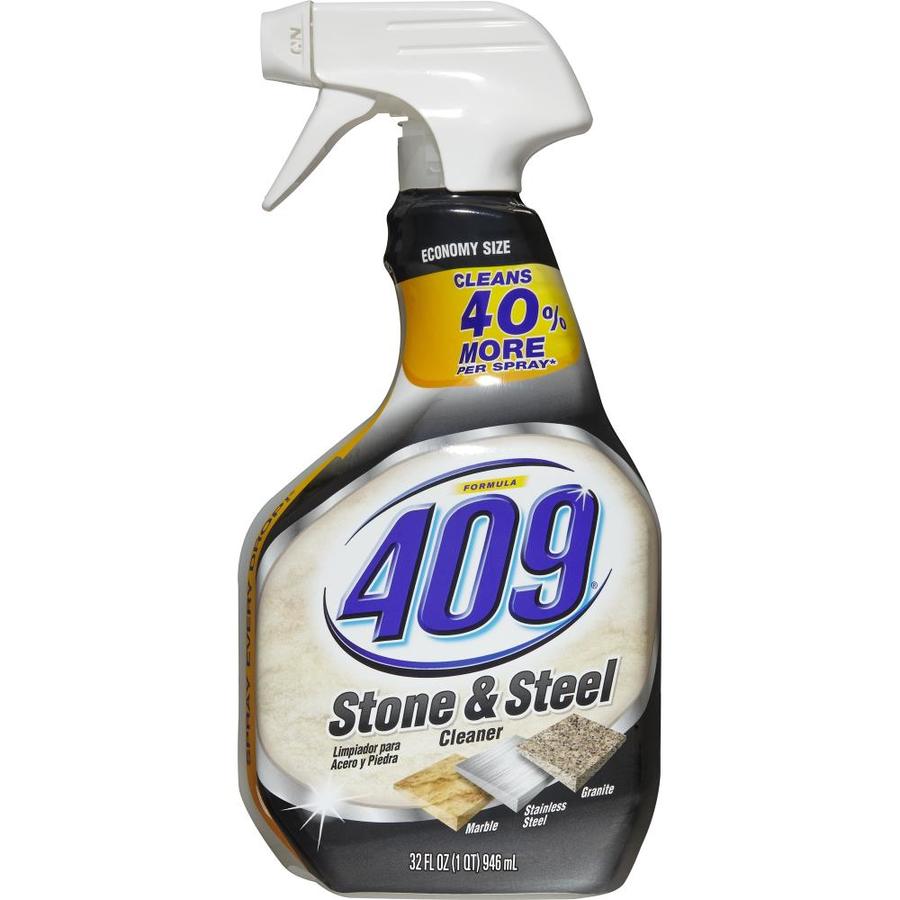'409' is a song written by Brian Wilson, Mike Love, and Gary Usher for the American rock and roll band the Beach Boys. The song features Love singing lead vocals. Formula 409® Products. The fiercest grease-cleaning, dirt-destroying cleaning team known to stain-kind. For the plan year the allocation to each participant so entitled is an amount which bears substantially the same proportion to the amount of all such securities allocated to all such participants in the plan for that year as the amount of compensation paid to such participant during that year bears to the compensation paid to all such participants during that year. WELCOME TO THE BOLAD ARTHRITIS & RHEUMATOLOGY CLINIC Dr Bolad and his staff welcome you to our arthritis and rheumatology clinic located at downtown Orlando, FL. 409 East 6th Street is a Building located in the East Village neighborhood in Manhattan, NY. 409 East 6th Street was built in 1920 and has 6 stories and 26 units.
Four-Oh-Nine! from its burbling throb at idle to it high-rpm scream, Chevy's 409 cubic-inch V-8 was a sensation. What was the magic in this new engine? Was it just cubic inches? Well, it was that, plus something else - that indefinable quality an engine has when everything in it is designed to match everything else.

The 409's magical power was evident almost from the day it appeared in 1961. For example, Dan Gurney tore around Riverside in a stock 409 Impala to beat Dave McDonald's lap record, which had been set with the hottest, fuel-injected 283 Corvette. Gurney raced his car in England that same year - but only once. He led the race, outpacing a pack of tuned 3.8-liter (232 cubic-inch) twin-cam Jaguar sedans, until his Chevy lost its wheel. But the 409 has been fast enough to make its mark on the European scene. It went on to a career in NASCAR oval-track events, and was a surprise winner at the 1961 NHRA Winternationals, where Don Nicholson's Impala was timed over the standing-start quarter mile at 13.19 seconds at nearly 110 mph. Thus began what would become a legend in Chevy performance history.
足
Actually, there had been a big-block V-8 before the 409. It was the type W, the most unlikely starting point for a big-inch powerhouse imaginable. To understand how the 409 came to be, you have to go back to 1958.
Chevy's 283-cid V-8 was hardly a year old when engineers discovered-to their great dismay-that it wouldn't be able to provide competitive performance for the larger, heavier models planned for 1958 and beyond. Chevy was going to need a lot more cubes in a hurry, way beyond the 302 that was the limit for that block and the-current crankshaft. Almost in desperation, they looked to the only bigger V-8 they had, a new 348-cid mill-wincing a little, because it was primarily intended for trucks. But there was nothing else to use as a starting point for a high-performance car engine, so the type W it was.
With its 4.125-inch bore and 3.25-inch stroke in a block having cylinder center-to-center spacing 4.84 inches, the 348 had plenty of room for enlargement. For car applications it was given the name 'Turbo-Thrust' to distinguish it from the small-block V-8s, which were named 'Turbo-Fire.' It was designed by John T. Rausch as project leader, with Howard Kehrl and Donald McPherson working as his principle assistants.
409a Valuation

4096 Pill
Hotting up the 348 began in mid-1958. There were new and wilder camming, multi-carburetor setups, compression ratios that would have made Kettering proud, and many other little tricks to gain efficiency without losing reliability. This work was handled by Maurice Rosenberger, an ex-Cadillac engine man, assisted by Fred Frincke and Dennis Davis. After developing satisfactory 348s for both racing and street use, this team turned to developing an enlargement, which became the 409.